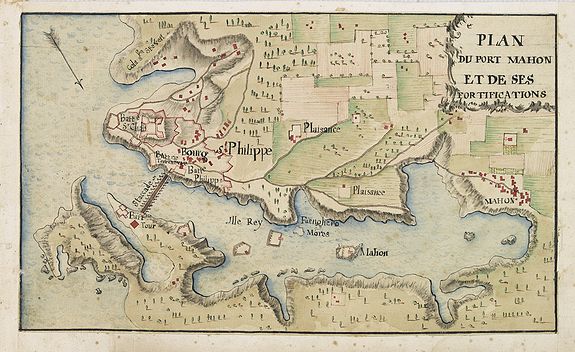I can't remember a time during my adult life when I wasn't just slightly in love with Stephen Maturin. For those of you who haven't come across him, he is one of the two main characters in Patrick O'Brien's eponymous Aubrey/Maturin novels, set in the years after 1801, mostly (though not exclusively) aboard a series of British men o'war. He is short, dark, ill-visaged, more than a little grubby, careless in dress and personal hygiene, indifferent to most civilised behaviours, and addicted to laudanum and to collecting wildlife both living and dead. He is also a revolutionary, a cello player, a brave, daring man and a hopeless romantic in the matters of unattainable women and lost causes. It may seem like a strange passion - Maturin is not entirely prepossessing - but I like his mind, and he makes me laugh out loud with his dry humour, his Irish wit and his habit of making grave errors in understanding the arcane ways of ships, which send his more stiff-necked naval confreres into apoplexies of horror.
I've always been curious to see the place where Maturin and his friend Jack Aubrey first met in Master and Commander, and last week I finally made it to Port Mahon on the island of Menorca. It's a strange thing, walking in the footsteps of a fictional literary hero - at least, I found it so. When I read a historical novel, I usually have a strong visual idea of its setting within my head. I've read this particular series so many times that I've imagined every twist and turn of Port Mahon over and over. What surprised me about actually going there was how nearly I had got it right. Of course, this is in no small part down to O'Brien's brilliant descriptive prose - but 'my' Port Mahon was still a vivid and real place to me. To walk its streets in reality (filtering out the tourists and the modern buildings), to walk the Mola from end to end, to see the colour of the cliffs, feel the steepness of the streets under my feet, see the colour of the water and the narrowness of the harbour - all this was a joy and a wonder to me. I spent several happy hours working out where various Aubrey/Maturin landmarks must have been, exploring churches, and generally soaking up the atmosphere of the whole place. I spied out the hospital on the Isla del Rei, and the lazaretto further on down the harbour, and I saw where the cannon must have guarded its mouth against the marauding French. Later on I drove up the coast to Fornells, to climb the headland to the Martello tower there, feel the sea air on my face and look for Stephen's beloved Griffon Vultures.
This is the power of great historical fiction - to take the spirit of a place from 200 years ago and make it so real that the reader can, in the present day, walk the same paths her heroes did and still feel their ghosts at her shoulder. That power meant that every time I looked out at the Balearic Sea, I felt that something was missing - the sight of white studding sails and foretop jibs and great ships flying before the tramontana wind.
Lucy's latest picture book, Bear's Best Friend, has just been published by Bloomsbury.
Her website is at http://lucycoats.com and she can also be found on Twitter as @lucycoats






6 comments:
Lovely pictures! Only read one of these, years ago - must have another go!
It's true, what you say. I've never been to Greece but I feel I would recognize so many things from Mary Renault's books.
I didn't know Mahon is where those two great literary characters met! If you ever have a chance to go back, I recommend going at the end of August when there is a classic yacht regatta - that's when you will see Mahon harbour once more full of mizzen masts and gaff rigs and full-bellied white sails...
Hmm...which landscape would I visit? Mary Renault's Athens - but I think it might have changed too much. Ditto the Elizabethan London of Antonia Forest's "The Players and the Rebels" (that's definitely changed too much).
Maybe I'd pick the unnamed monastery in "The Name of the Rose" - sadly, it does not exist. I guess that is also the power of historical fiction, to make an invented location seem utterly real and of a time.
Really enjoyed a spot of unexpected dream travelling this morning with your post. Thanks, Lucy!
(But how unlike the TV version of Maturin he is.)
Hooked by your description of Maturin - have ordered Master and Commander from the library - thanks!
Celia
Post a Comment